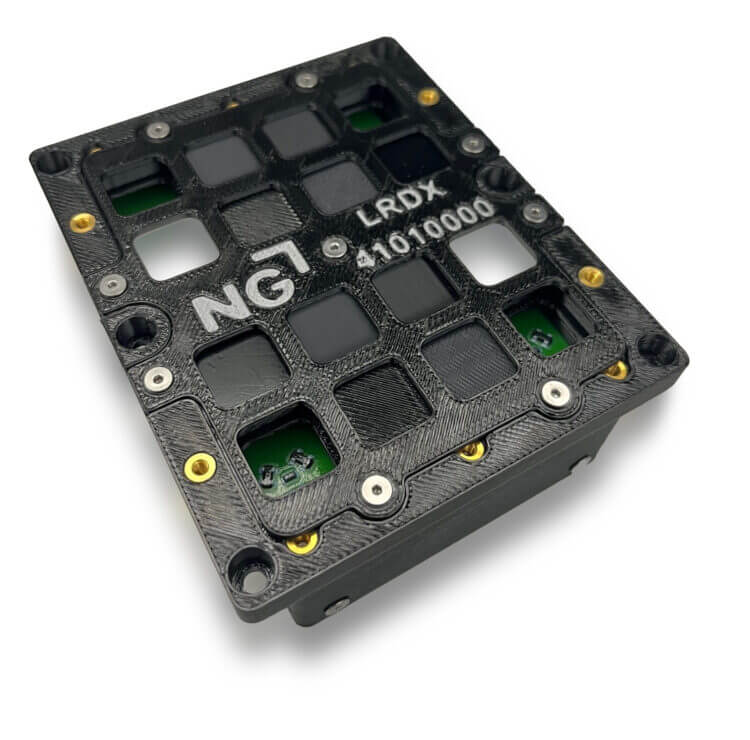The purpose of the mission is to test the materials' resistance to radiation and the potential for the compatibility of printed parts in future space missions

Stratasys (Nasdaq SSYS) announced that it will provide 1D printing materials for a lunar flight mission to test the materials' performance on lunar soil. The experiments are part of Aegis Aerospace, Inc.'s first space mission that includes the Space Science and Technology Evaluation Facility (SSTEF-XNUMX). SSTEF is a commercial space testing service developed by Aegis Aerospace in Houston, Texas, as part of NASA's Tipping Point program to provide research and development services on the lunar surface.
"3D printing is an important technology for space missions, where every kilo of weight has meaning and a high level of performance is absolutely necessary," he said Rich Garrity, head of Stratasys' industrial business unit. "This set of experiments will help us understand how to fully leverage 3D printing in favor of maintaining the safety of people and equipment on flights to the moon and beyond."
The SSTEF-1 project focuses on developing technologies for space infrastructure and capabilities for the Moon and near-Earth space. The Stratsys experiments are funded by the Northrop Grumman Corporation. As part of this mission, Stratasys will provide XNUMXD-printed material samples that will reach the lunar soil via an unmanned lander inside a structure that will be XNUMXD-printed by Stratasys. Three materials will be the focus of two different experiments led by Northorp Graham.
The first experiment will evaluate the performance level of a sample of Stratasys material - a thin fiber filled with tungsten called Antero 800NA FDM. Antero 800NA is a high-performance PEKK-based thermoplastic resin with engineering mechanical properties, chemical resistance and low gas release. The addition of tungsten is intended to protect against harmful radiation such as gamma rays or X-rays.
The second passive experiment is designed to test how materials printed with a 840D printer behave while staying in space. It will include Antero 03CNXNUMX fiber, which offers electrostatic charge (ESD) resistance properties suitable for use in electronics and was used on the Orion spacecraft. The trial will also include a new ESD photopolymer manufactured by Henkel, a Stratasys partner, designed for use with Stratasys' Origin One XNUMXD printers and in high-heat environments. This experiment will expose samples of XNUMXD-printed materials to lunar dust, low pressure that can lead to gas release, and rapid temperature fluctuations resulting from the almost complete absence of an atmosphere on the moon.
The samples will be brought to the lunar soil by an unmanned lander inside a structure printed in 9085D by Stratasys, produced from the raw material ULTEM XNUMX, which is a material that is also used in the interiors of commercial airplanes and in UAVs.
More of the topic in Hayadan:
- "Graphene is a 'holy grail' that creates a new space of solutions that make it possible to maintain a high level of performance"
- An innovative method for wiring electronic components
- Advances in the production of anatomical models for a specific patient, using a XNUMXD printer
- 2015D printing innovations in the fields of medical devices will be presented as part of IATI-Biomed Israel XNUMX
- Stratasys and MakerBot announced an international competition to design a XNUMXD-printed cubic research satellite
